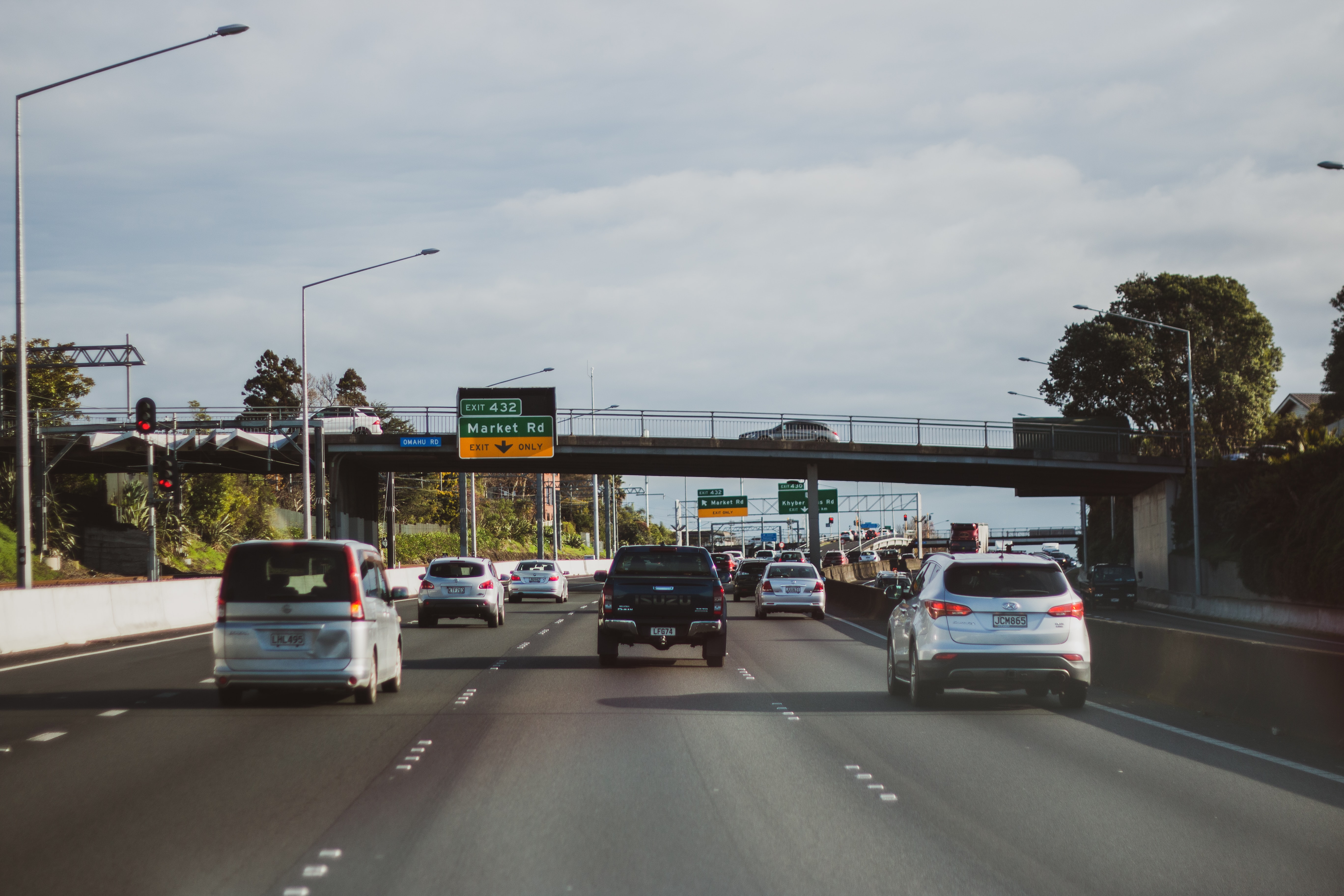What we cover
A safe driver is a well-rested driver, but what if your sleep is disrupted without you realising? Sleep disorders, like Obstructive Sleep Apnoea, can affect many drivers, who are often unaware they have a problem. It’s important to recognise the signs of sleep apnoea and fatigue to take the necessary steps in keeping both fleet drivers and others on our roads safe.
What is Obstructive Sleep Apnoea (OSA)?
OSA causes interruptions to your breathing while you’re asleep. These interruptions last ten seconds or more, narrowing your airway so much that it closes, and you stop breathing for a short period of time. Your brain wakes you back up, but these constant interruptions through the night break up the sleeping pattern so much that it’s almost impossible to feel well rested the next day.
The red flags of fatigue
Often drinking a lot of coffee or energy drinks is a tell-tale sign that you’re fatigued or not getting enough sleep. The way you react when behind the wheel also provides a good indication of your sleep health. Braking too late and poor awareness of surrounding risks are red flags for fatigue and sleep apnoea.
" We can get a diagnosis within 48 hours and then we can start working with drivers to improve their sleep.
Rachel Lehen - Managing Director, Fit for Duty
A broken sleep at night leads to sleepiness during the day
Sleep apnoea is a serious issue for drivers. Fatigue and exhaustion from the disorder can lead to uncontrolled micro sleeps or blackouts that can be potentially life-threatening.
NZI Fleet Risk Manager, Hamish Piercy, has investigated over 2,500 serious and fatal crashes. In his experience, fatigue is often a contributing factor.
“43.6 percent of all truck and heavy vehicle accidents happen within the first two hours of a driver’s shift* and that indicates that the drivers were not fully alert, fully aware of their surroundings, and prepared for the job ahead.”
Testing for fatigue with technology
Through the ‘Fleet Fit’ programme, NZI offers commercial vehicle customers access to ReadiBand, a smart wearable technology like a Fitbit, which records sleep quality and quantity. This easy to use, unintrusive technology helps identify whether you’re getting adequate sleep, or whether further evaluation is needed. From there, a sleep study can identify sleep disorders and create a plan for fatigue management.
How do you treat OSA?
Being tested and treated for OSA is simple. NZI’s Fleet Fit partner, Fit for Duty which specialises in fatigue management can arrange a home sleep test to give you a result within 48 hours, and quite often the cost is covered by your company or as part of NZI’s Fleet Fit programme.
“We can get a diagnosis within 48 hours and then we can start working with drivers to improve their sleep. Normally, this involves wearing a mask at night that maintains a positive airway pressure through a continuous positive airway pressure (CPAP) machine” explains Fit for Duty Managing Director, Rachel Lehen.
While sleeping with a mask can take some getting used to, regular deep sleep will make a world of difference.
Peace of mind for the whole fleet
The Fit for Duty team often carry out video calls to discuss sleep data from the CPAP machine with you, which can also be shared with your employer for compliance. This is to give your fleet manager peace of mind that you’re well-rested and prepared for each day on the road. It’s all about ensuring you are ready to get in the cab and operate safely.
The first step to combat fatigue
Organising ReadiBands can be a great place to start. Talk to your NZI Fleet Risk Manager or ask your broker about how NZI’s Fleet Fit programme can support your business.
*Improving Driver Safety & Performance, Managing risk in New Zealand’s commercial driving sector


